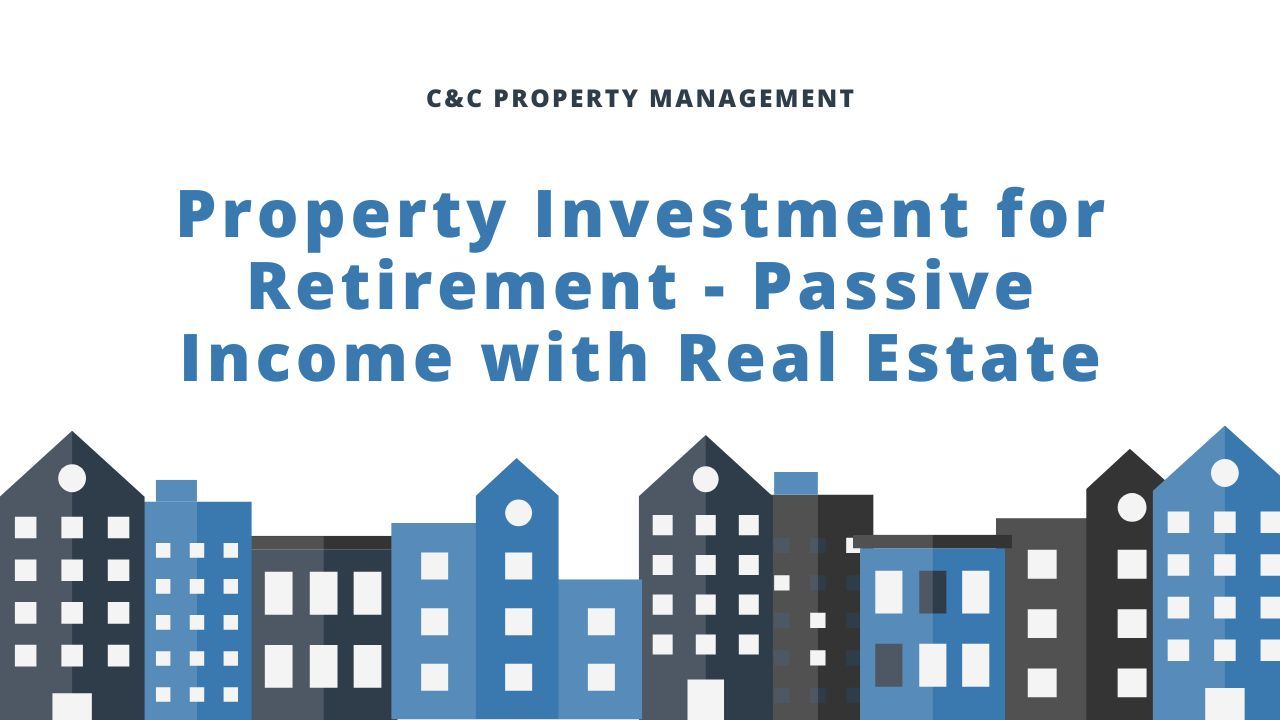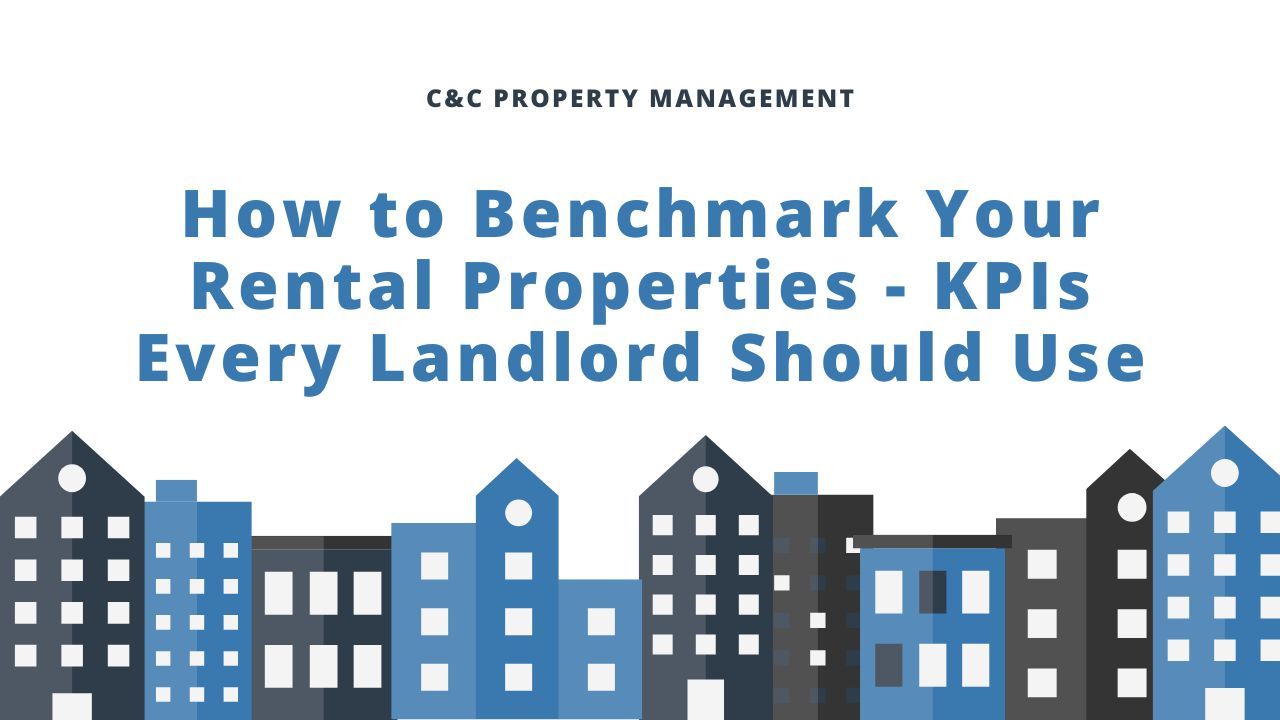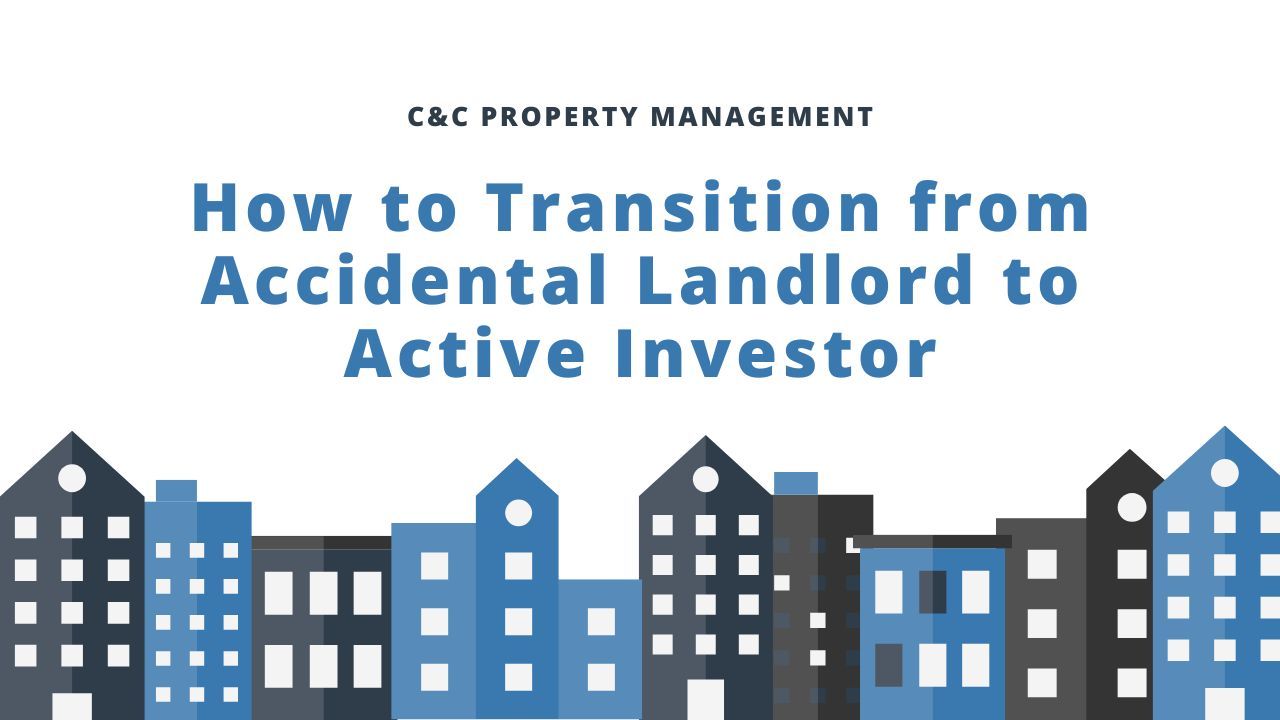How to Spot Undervalued Deals in Real Estate
Key Takeaways
- The real value lies in recognizing when a property is priced below its true worth due to motivated sellers, surface-level flaws, outdated comps, or emerging neighborhood trends, not just because it has a low asking price.
- Clues like long days on market, low price per square foot, strong rental yields, and telling listing language help reveal opportunities others miss. Tracking tax-delinquent properties, pre-foreclosures, probate sales, and off-market listings further expand access to under-the-radar deals.
- Building ties with agents, property managers, builders, and community stakeholders opens doors to pocket listings and early market information. Local expertise helps investors act quickly, avoid costly pitfalls, and identify neighborhoods poised for growth before prices rise.
In a market as dynamic and competitive as California’s, finding a property that’s priced below its true worth can feel like discovering gold. But for savvy investors, undervalued real estate is a strategy. It’s about reading local trends, understanding seller psychology, and knowing where value hides in plain sight.
Whether you’re growing a seasoned portfolio or closing your first deal, the ability to identify and act on undervalued opportunities is what sets successful investors apart, that’s why C&C Property Management has put together this article to help you spot the best undervalued deals.
What “Undervalued” Really Means in California
Not every low-priced property is a bargain, and not every high-priced one is off the table. An undervalued property is simply one priced below its intrinsic value, a difference often caused by timing, circumstances, or misperception.
That could mean a duplex priced too low due to outdated comparable sales, a rental priced to move by an owner in a hurry, or a fixer that needs only cosmetic updates to rival higher-end listings nearby.
Common factors behind undervaluation include:
- Motivated sellers — Owners facing relocation, divorce, or estate settlements often prioritize speed over profit.
- Surface-level flaws — Homes with dated interiors or neglected landscaping scare off retail buyers but can yield strong returns after light renovation.
- Market mispricing — Inexperienced sellers or agents sometimes list below fair value due to incomplete data or weak pricing strategy.
- Transitional areas — Neighborhoods on the brink of revitalization, where new businesses, transit expansions, or tech hubs are emerging, often lag in price before surging later.
Recognizing Hidden Value
California’s markets often move fast. To catch undervalued deals early, focus on measurable clues that others overlook:
- Days on Market (DOM)
If a property lingers longer than local averages, investigate why. Sometimes the reason is cosmetic or marketing-related rather than structural, market timing is important. A long DOM gives leverage for negotiation.
- Price per square foot
A property significantly below the area’s average often warrants a closer look, especially if the layout or condition aligns with comparable homes.
- Rental yield and cap rate
A property generating strong rental income relative to its purchase price, even if it doesn’t look “cheap”, can be an undervalued long-term hold.
- Tax and sales history
A current list price well below assessed or historical sale values could signal opportunity.
- Listing language
Terms like “priced to sell” or “as-is” often point to sellers open to negotiation.
Proven Ways to Find Undervalued Properties
Finding hidden opportunities requires both strategy and persistence. The following methods, used by California investors and property managers alike, consistently uncover deals before the crowd catches on:
Scout Undervalued Neighborhood Opportunities
Touring neighborhoods, especially those undergoing renewal, helps investors spot vacant, neglected, or pre-renovation homes before they’re listed. Reaching out directly to owners of these “problem” properties can lead to win-win sales: you relieve them of a burden, and you gain a high-upside asset.
Explore Tax-Delinquent and Code-Violating Properties
Counties publish tax-delinquent and code-violation lists, which often include properties from owners struggling with maintenance or payments. These owners may be motivated to sell quickly, giving investors an opening for discounted purchases.

Track Pre-Foreclosures and Probate Sales
In pre-foreclosure, homeowners have fallen behind on payments but still own the property. A quick, fair offer can help them avoid auction while giving you a favorable price.
Probate properties, those passed down through inheritance, often have multiple heirs seeking to liquidate rather than manage. These can be ideal for investors who move efficiently through the legal process.
Look Beyond the MLS
Off-market properties, known as “pocket listings”, rarely appear on popular listing sites. Instead, they circulate through trusted networks of agents, builders, and investors. Maintaining relationships with local brokers or sending direct mail to owners in your target area can give you early access to listings others never see.
Target Growth Corridors and Redevelopment Zones
Keep an eye on planned infrastructure and business development across California. New light rail extensions, highway expansions, and tech corridor growth often create appreciation zones years before the market prices them in. Buying early in these areas can compound your returns over time.
Build Relationships with Builders and Developers
Developers holding unsold inventory or facing financing constraints may offer discounts to bulk buyers or flexible investors. Engaging directly with builders, particularly in under-construction or pre-launch phases, can unlock access to price advantages not advertised publicly.

Common Pitfalls to Avoid
Even experienced investors can misstep when chasing undervalued opportunities. Keep these points in mind before closing:
- Do your due diligence
Always verify title, taxes, liens, and structural integrity. A low price can hide expensive problems.
- Don’t underestimate repair costs
A fixer-upper only makes sense if renovation expenses don’t erase your margin. Get professional estimates.
- Be decisive but informed
California’s competitive market rewards speed, but hasty decisions without numbers can cost you.
- Stay grounded in local trends
A bargain in a declining neighborhood is not the same as a deal in an emerging one.
Why Working with the Right Experts Matters
A skilled real estate agent or property management partner can transform how you identify and capitalize on undervalued assets.
Beyond listing searches, these professionals provide:
- Early access to off-market deals through local networks.
- Accurate rental and ROI analysis to ensure each acquisition aligns with your income goals.
- Negotiation expertise to navigate complex offers or distressed sales.
- Operational insight on renovation budgeting, tenant placement, and long-term property performance.
In short, the right partner helps you move from opportunity to profitability, without the guesswork.
Bottom Line
Finding undervalued real estate in California isn’t about chasing listings, it’s about precision. Success comes from a sharp eye for value, a disciplined strategy, and the ability to balance patience with decisive action.
Ready to spot what others miss? C&C property management helps you uncover, evaluate, and maximize California’s most promising investments.









